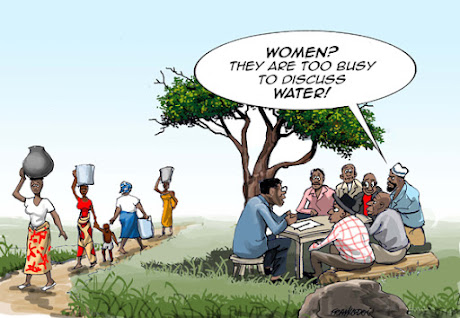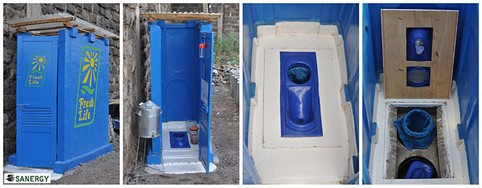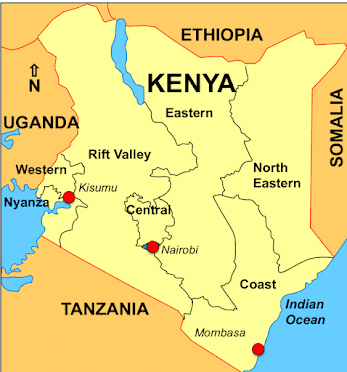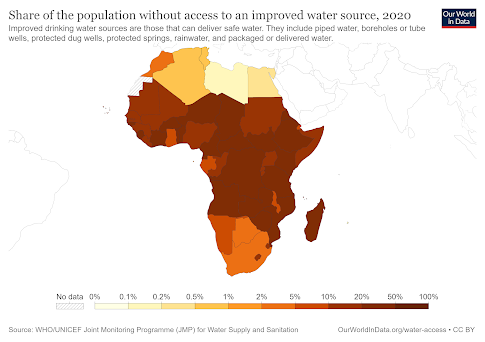Cop-27 and Concluding Remarks
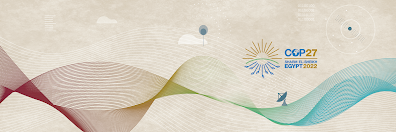
Hi for the final time! My last post will focus on discussions on water and sanitation at Cop-27 in Sharm El-Sheikh, Egypt. Unfortunately, last year’s Cop-26 in Glasgow has been argued as underwhelming with too little action (Meredith, 2021). As a result, the priorities for Cop-27 included discussing WASH across Africa, emphasising education as well as integrating women into participatory processes (WaterAid, 2022). A notable outcome of Cop-27 is the collaboration between the World Meteorological Organisation (WMO) and the new initiative AWARe (Action on Water Adaptation or Resilience). This focuses on promoting cooperative processes between WASH and climate action in order to achieve SDG6 such as sustainable wastewater management and strengthening sanitation education, policy and strategy (KnowESG, 2022; WMO, 2022). Furthermore, women in WASH were framed as the drivers of climate solutions. Women have been recognised as key to WASH responsibilities whilst bearing the negative impl...
